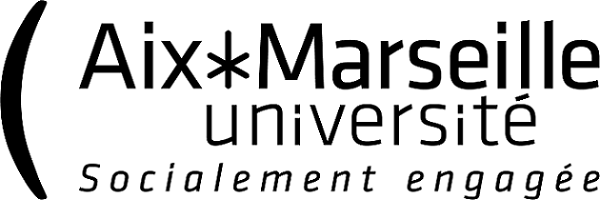Functional connectivity within the voice perception network and its behavioural relevance
Résumé
Recognizing who is speaking is a cognitive ability characterized by considerable individual differences, which could relate to the inter-individual variability observed in voice-elicited BOLD activity. Since voice perception is sustained by a complex brain network involving temporal voice areas (TVAs) and, even if less consistently, extra-temporal regions such as frontal cortices, functional connectivity (FC) during an fMRI voice localizer (passive listening of voices vs non-voices) has been computed within twelve temporal and frontal voice-sensitive regions ("voice patches") individually defined for each subject (N ¼ 90) to account for inter-individual variability. Results revealed that voice patches were positively co-activated during voice listening and that they were characterized by different FC pattern depending on the location (anterior/posterior) and the hemisphere. Importantly, FC between right frontal and temporal voice patches was behaviorally relevant: FC significantly increased with voice recognition abilities as measured in a voice recognition test performed outside the scanner. Hence, this study highlights the importance of frontal regions in voice perception and it supports the idea that looking at FC between stimulus-specific and higher-order frontal regions can help understanding individual differences in processing social stimuli such as voices.
Origine : Publication financée par une institution
Loading...


